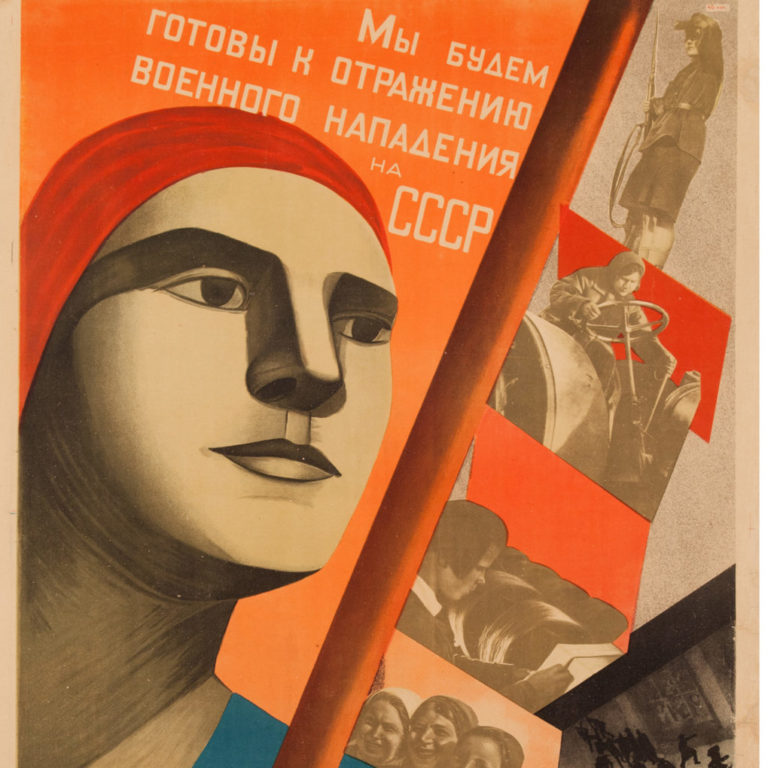
At a time when our own political moment has given rise to dangerous neoliberalism and right-wing nationalism across Europe and the United States, Revolutionary Russia of a century ago with its promise of social equality and transformation continues to seduce our imagination (at least in the former West), despite the ultimate failure of the Soviet project. This seduction fueled two recent shows in Chicago that marked the centennial of the October Revolution through the art, design and material culture of its artists and social architects.
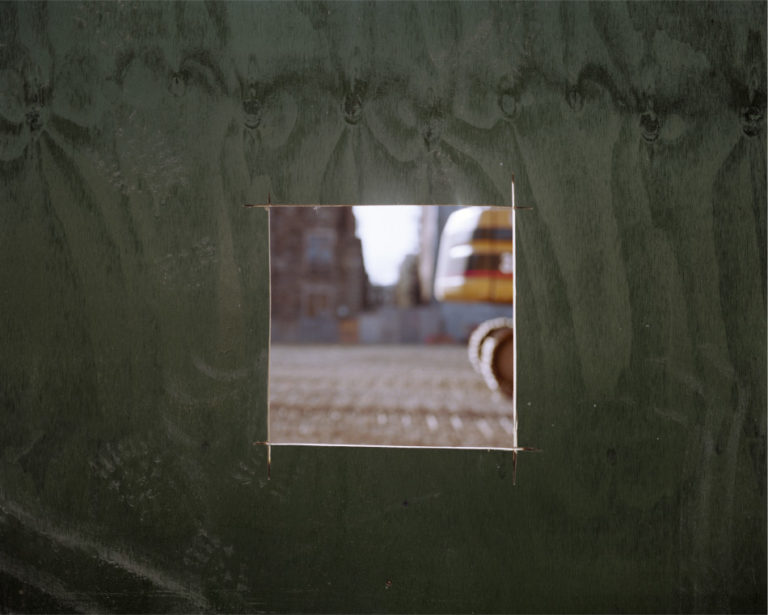
Whether working on the street, in the studio, or in residence with communities, Dawoud Bey imbues his subjects with a psychological presence, while also challenging the formal traditions of photographic representation.
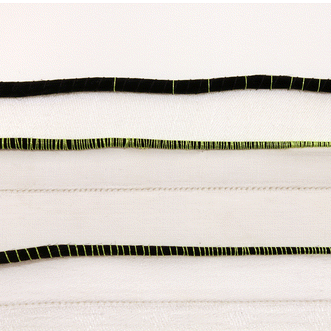
Throughout her prodigious work, Anne Wilson employs human hair and found cloth (damask fabrics, table linens, family heirlooms, remnants of clothing), as stand-ins for the body and as fragments of memory imbued with their own personal and collective histories.
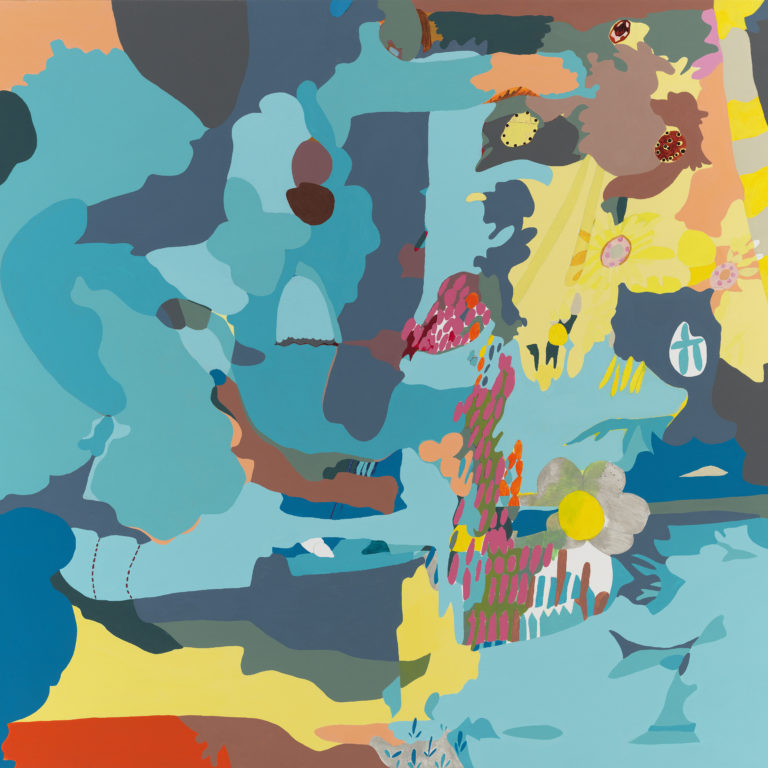
Painter Candida Alvarez is a storyteller who maps narratives of place, both the interior landscape of the self and the external world with its cacophony of colors, sounds, and images from which she endlessly samples and draws.

Both the work and the viewer are caught within a subtle warp of spatial dislocation, whereby two dimensions unfurl into three, and three dimensions fold into flatness.
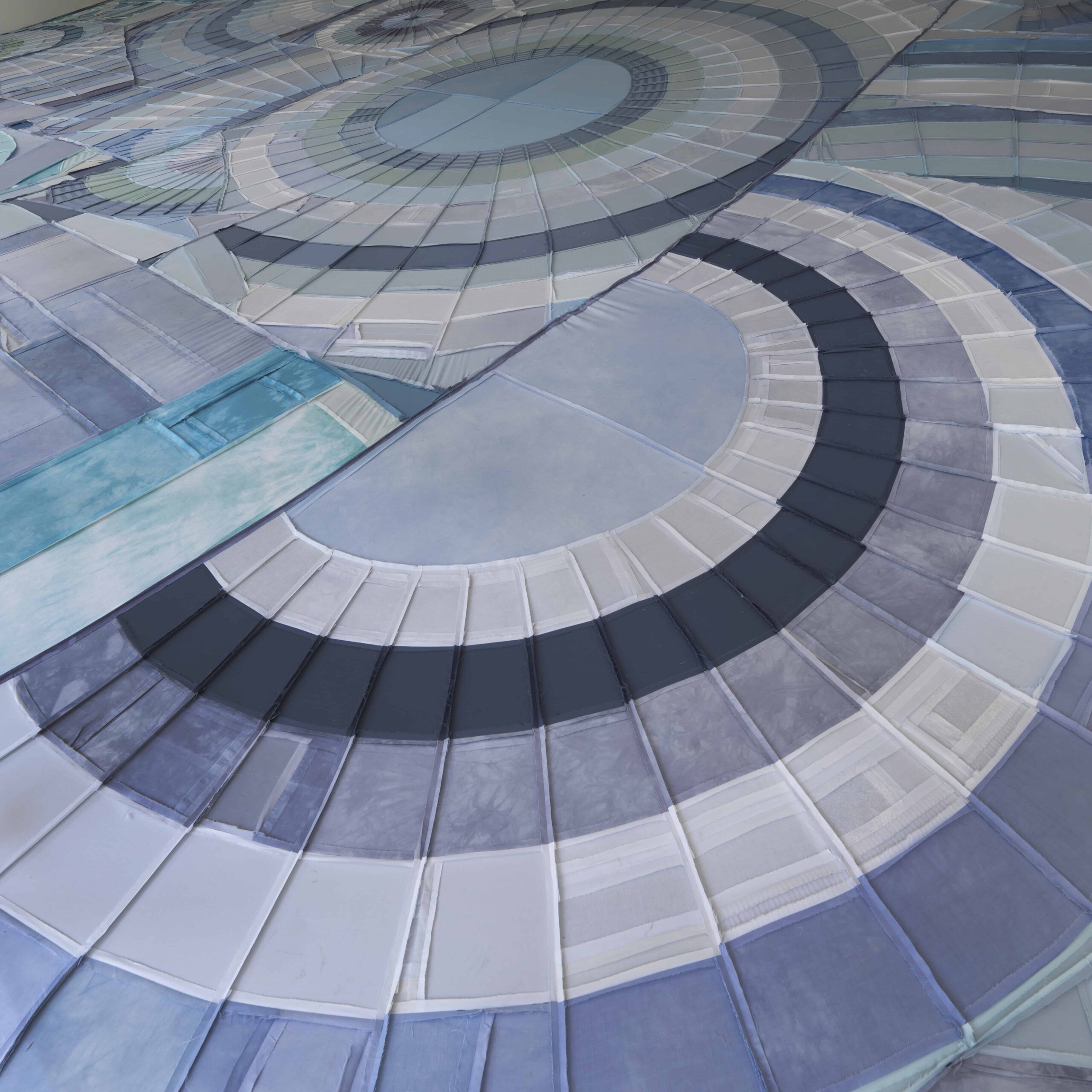
In her installation Shoretime Spaceline (2016), Karen Reimer distorts our perceptions of space and time: the sky becomes the sea, the sea becomes the sky, the present and past combine.
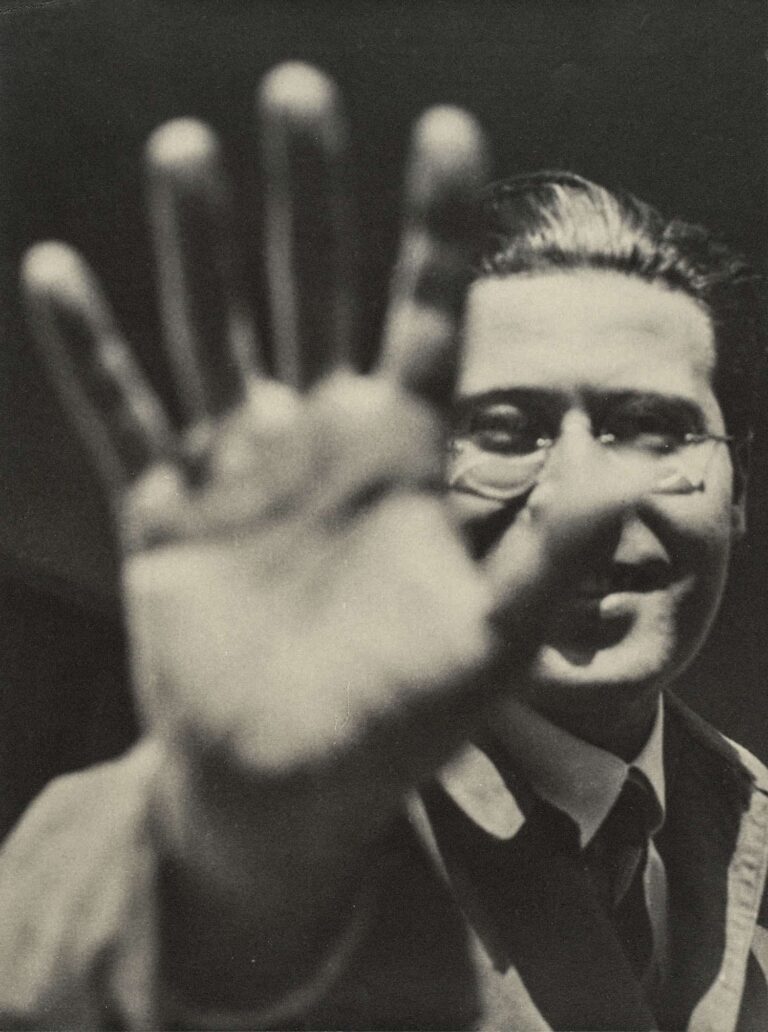
Moholy-Nagy: Future Present, the long overdue traveling retrospective of Hungarian-born artist and educator László Moholy-Nagy, is a timely testament to an artistic practice that was truly interdisciplinary, spanning seemingly every medium and ism, and to an aesthetic vision that saw the creative potential in every citizen.
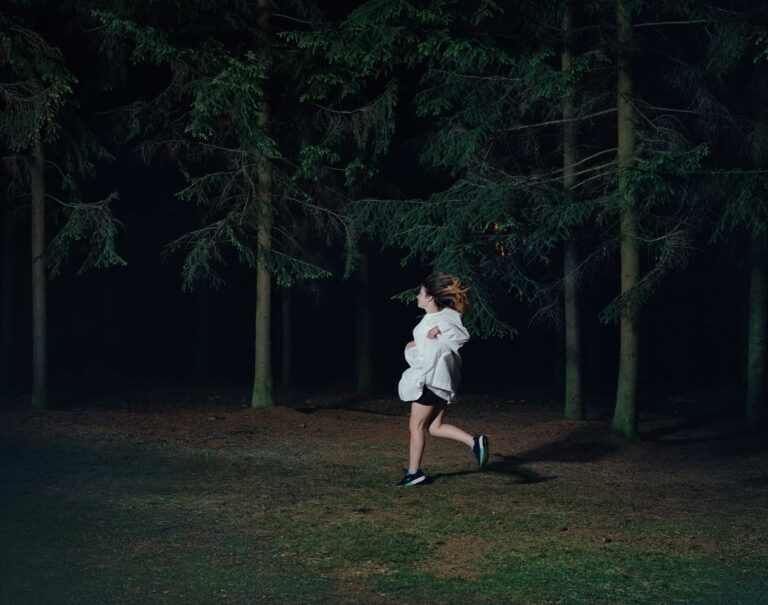
Compassionate is Lockhart’s immersive practice and commitment to her subjects, here the young women of Rudzienko’s Youth Center for Socio-Therapy, a boarding school for troubled girls, including Milena, whose longstanding friendship with the artist is the impetus for the works on view.

Thread Lines, with its impressive roster of artists, offered a first take on the relationship between fiber art and drawing.
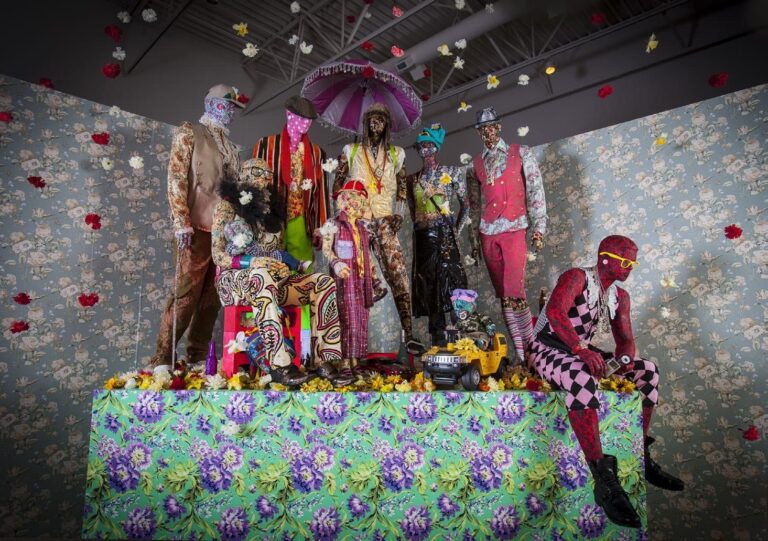
Toward Textiles sets out to reclaim fiber art from disciplines of mainstream contemporary art that have appropriated, and perhaps misappropriated, material-based practices. As such, it attempts to deliver fiber art back to the realm of the physical and the experiential.
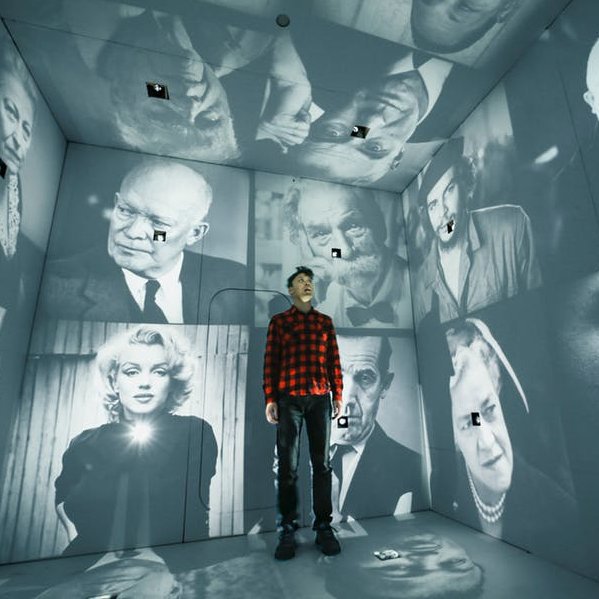
The following interview is a composite dialogue, a textual collage that combines passages from a conversation between designer and architect Ken Isaacs and myself that took place on September 9, 2014, in Granger, Indiana, and excerpts from the Isaacs's own writings and other interviews.
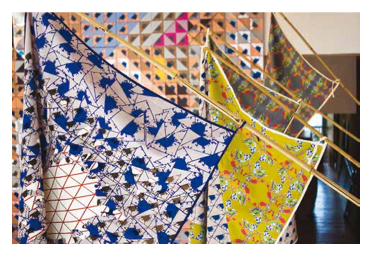
Hardline feminism and cottage industry craft, in particular textiles, are employed or rather deployed throughout the works on view, installed en masse to emulate a makeshift agora or meeting space that exists in a not-so-distant future.











